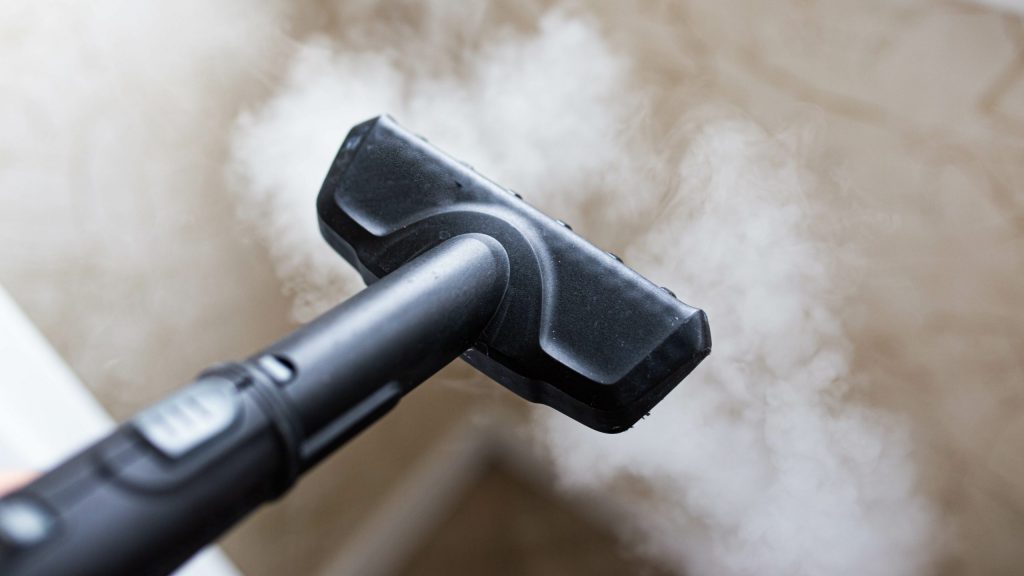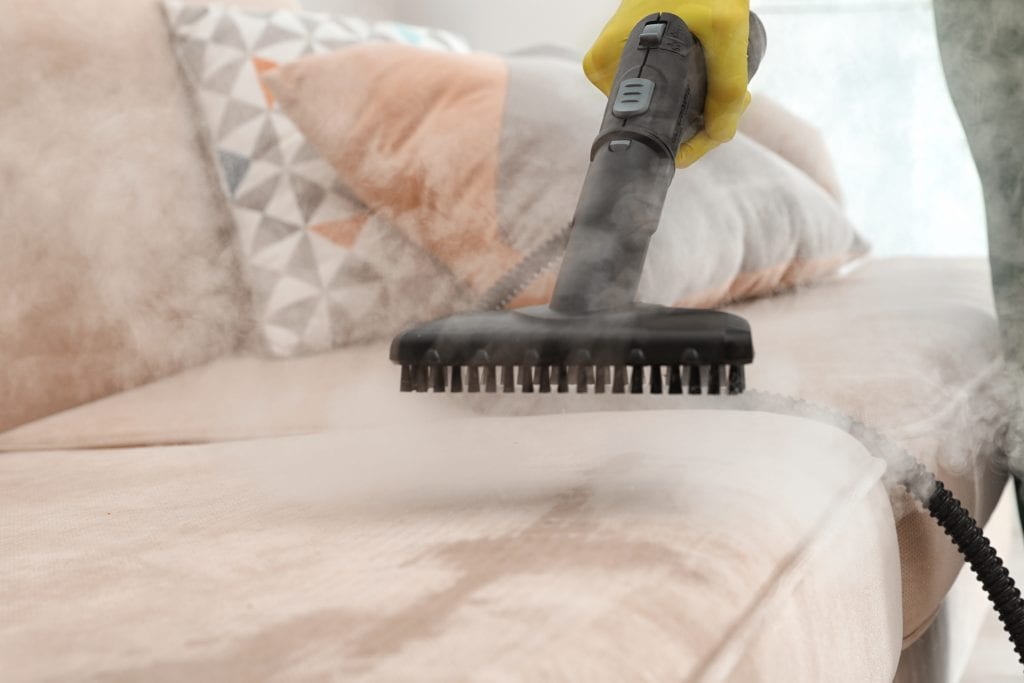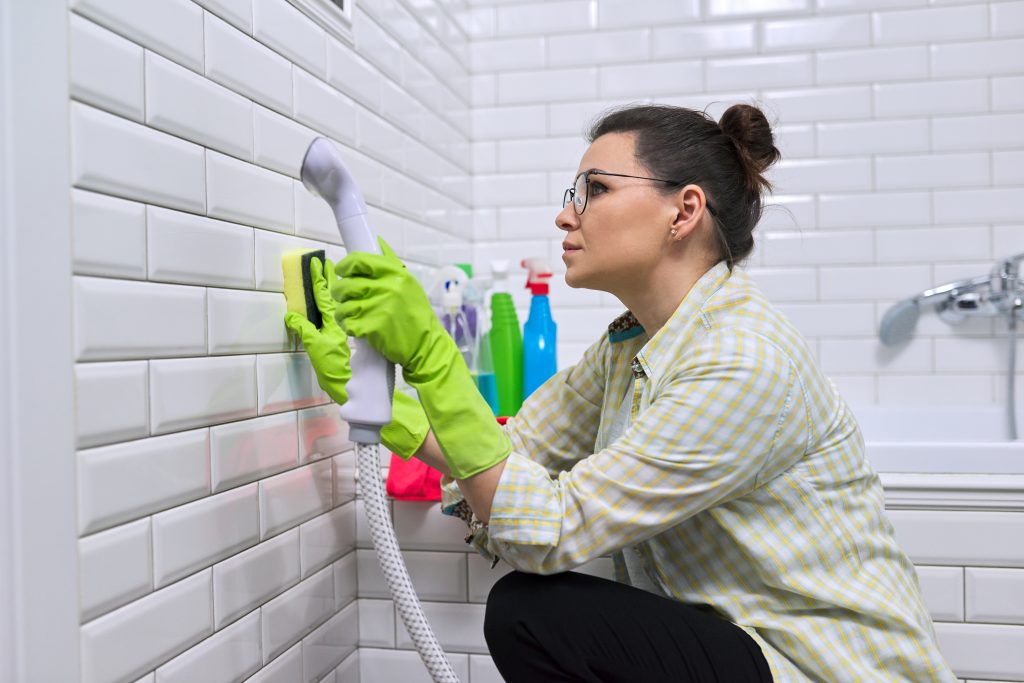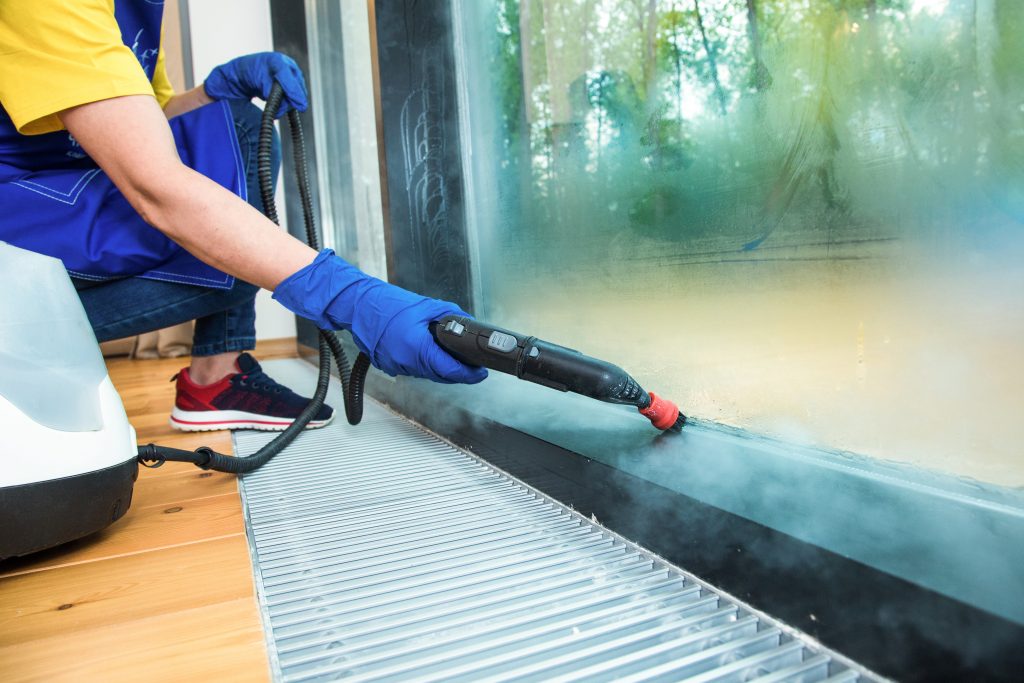Cleaning can feel like a bit of a chore, can’t it? But by using a steam cleaner, you can help take some of the hassle out of cleaning, bypassing the mop and bucket. With a steam cleaner, you can give your home a deep clean or simply stay on top of the weekly buildup.
In many cases, you can blast away grime and stubborn dirt stains more than just scrubbing alone, without any chemicals. (Although some steam cleaners do come with a brush and scrub pad accessories for added oomph.)

Why Steam Clean?
To kill bacteria, germs, mold and dust mites, these tools use a combination of high heat and steam. The tiny vapor molecules penetrate a surface’s pores to force out dirt, grease and other substances. Some products get hot enough to kill bed bugs. What people really like about steam cleaners is that they let you reduce the number of chemicals used in your home, which can save you money over time.
In order to remove bacteria from surfaces, steam cleaners require a certain amount of steam and heat for a minimum number of seconds — usually between eight and 20 seconds.

Materials That Work Well for Steam Cleaning
It’s crucial to keep flooring type in mind as heat and water can be harmful to certain types of hardwood flooring. Countertops, carpets, sealed porcelain and ceramic tile, metal fixtures and glass hold up well to steamers’ high temperatures. The best steam cleaners will work on showers, kitchens, grilles, outdoor furniture, mattresses, upholstery and more. If you’re unsure how a surface will hold up, test an inconspicuous area first.
The Best Steam Cleaners Get Very Hot
To properly sanitize, a steamer needs to heat the water to 200-plus degrees. The hotter it gets, the drier the steam produced. This helps lessen the probability of damaging certain surfaces with excess water.
What Not To Steam
Steam isn’t a one-size-fits-all tool. It can warp porous surfaces like unsealed floors and cause laminate floors to swell. Stay away from bamboo, cork, marble, limestone, concrete or paving stone. It can also melt plastic and cause problems on unglazed tile, delicate surfaces and cold windows.

How To Operate A Steam Cleaner
If necessary, vacuum the area first to remove dirt and debris. Then aim your steam cleaner at a 45-degree angle. Skip the soap or detergent as most aren’t compatible with cleaning solutions. For general safety, it’s a good idea to wear shoes while using. Temperature variations could cause glass or porcelain to crack. So don’t steam clean your window pane on a cold day.
Maintenance
While some manufacturers recommend using distilled or filtered water, tap water may also be possible. The downside with tap water is the mineral and scale buildup that may occur.

Some steam cleaners are easier to handle than others. Look for one that weighs less than 5 pounds, which can make it better to maneuver. Keep cord length in mind since you don’t want to unplug it. If you think you’d like to use your steam cleaner on clothing, look for one that works on fabric before purchasing. Heavy cotton will hold up well to the elements but linen, silk, leather and velvet may not.
Like many small appliances, a higher price might lend you a better product with customer service options and a warranty. If you’re shopping around for one, check out our selection of the best steam cleaners that’s been vetted by a team of experts.
This story originally appeared on Don't Waste Your Money. Checkout Don't Waste Your Money for product reviews and other great ideas to save and make money.


